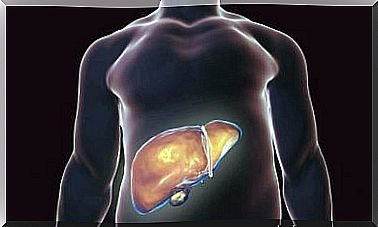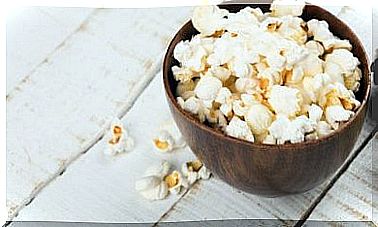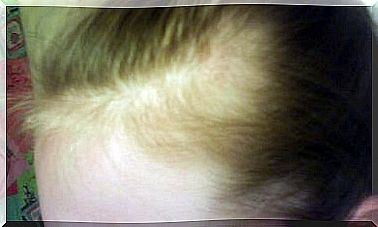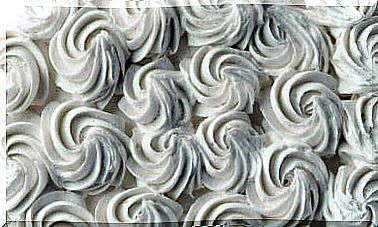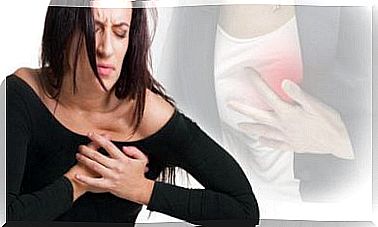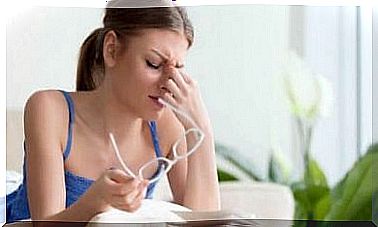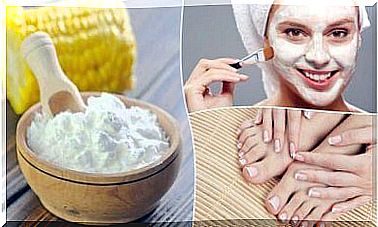How To Prevent Cramps
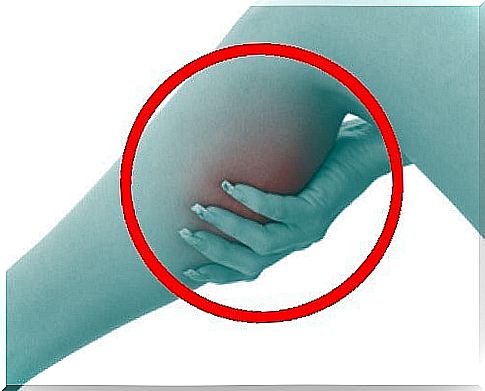
Cramp is a painful sensation caused by involuntary muscle spasms. There is usually nothing to worry about if, for example, it appears after intensive physical exertion. But let’s learn more about it in the next article, as well as learn how to prevent cramping.
Facts about cramp
Cramping can be caused by several things, namely insufficient oxygen in the muscles or a lack of mineral salts or fluids. It can also be due to poor posture or prolonged exertion, cold, or abrupt movements.
Going to the gym and not doing stretches once the workout is done could be another cause. These slight muscle contractions can cause pain and discomfort.
It is also common that you get cramps while sleeping. This can be caused by a change in blood circulation to the muscles. If you go to bed immediately after eating, for example, your blood will go to your digestive tract (mainly the stomach) and not to other muscles.
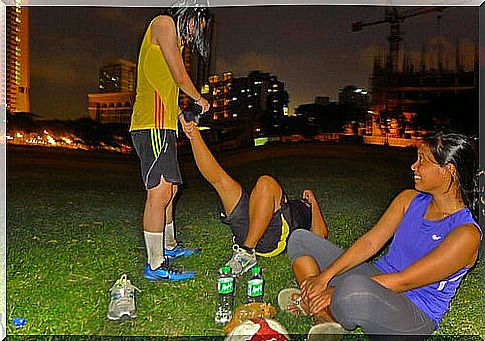
If you experience cramping as a result of exercise (exercise) it is generally said that it is due to an excessive production and accumulation of lactic acid. The glucose oxidizes the oxygen in cells to produce energy.
Under normal circumstances, your body can do this job well. But during prolonged exercise or an exercise you are not used to doing, this may not be enough. When the glucose does not have enough oxygen, it turns into lactic acid, which is also not bad for the body.
Cramping is usually harmless and no treatment is needed. Doctors say there’s no way to prevent them other than avoiding exercise after eating or stretching after exercise. However, there are several home remedies for these muscle spasms. There’s really no obvious reason for cramps (other than what was said earlier).
It is true that some situations can lead to cramping, such as the effort of lifting a heavy object, not hydrating properly with two liters of water a day, being out of shape or overweight, lack of electrolytes such as sodium, an unbalanced diet, a problem with blood circulation to the muscles, high temperatures during exercise, incorrect technique during exercise, cold or lack of stretching before exercise.
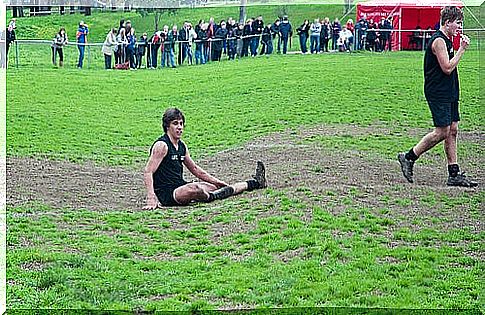
Any muscle can experience cramping, but the most common groups are: quadriceps (anterior thigh), ischiotibials (back thigh), and calf.
Advice for preventing cramps
When you have cramps, keep the following tips in mind:
- Stop moving or exercising.
- Gently stretch your muscles to release the pressure on them. Hold the pose for as long as necessary until the cramp stops.
- If you get a cramp in your calf, place your hand over the muscle and rub it slowly, pressing your fingers up to your knee.
- If it happens in your quadriceps, stay standing. Bring your ankle up to your buttocks and move your heel and the top of your foot to stretch the muscle.
- If you get ischiotibial cramps, sit down and stretch your legs. Bend your knee and try to bend forward to touch your foot. Then gently massage the muscle.
- Walk a bit with slow steps.
- Drink water or drinks with mineral salts to restore lost electrolytes or fluids.
- Apply ice to the area, especially if it is painful. Remember to wrap the ice in a towel or cloth so you don’t burn yourself or damage your skin. Do slow stretching exercises to reduce circulation and relax the muscles.
Home remedies for cramps
These natural remedies are quite popular and can help you if you get cramps:
- Wrap an elastic band around the area to stop the pain, but not too tight as it could swell.
- Drink gingkobiloba tea every day. Boil 3 tablespoons in a cup of water for 10 minutes
- Apply essential oils (such as rosemary, eucalyptus, pine, or thyme) to the affected area. The heat can help with relaxation.
- Mix one tablespoon of vinegar and one tablespoon of honey in a cup of warm water. Drink this so that the calcium is evenly distributed throughout your body.
- Boil a liter of water with a tablespoon of mustard seeds for 10 minutes. Then add this to a bath and soak in it for 20 minutes, with your legs submerged.
- Drink a glass of water with 10 drops of bay leaf tea, twice a day.
- Apply a cloth with apple cider vinegar and arnica infusion to the area for 5 minutes. Remove it and do it again if necessary. This will relieve the pain as the circulation activates.
- Mix a tablespoon of baking soda in a glass of water and drink it. This home remedy for cramps is not recommended for people who suffer from high blood pressure or fluid retention.
- Prepare a smoothie with a cup of milk, half a cup of yogurt, half a cup of orange juice and a peeled banana. Drink on an empty stomach every 3 days. The potassium in the banana is very good for preventing cramps.
- Pour a tablespoon of cumin seeds into half a liter of water and let it steep for an hour. Dip a cloth in it and apply it to the affected area, rubbing gently.
